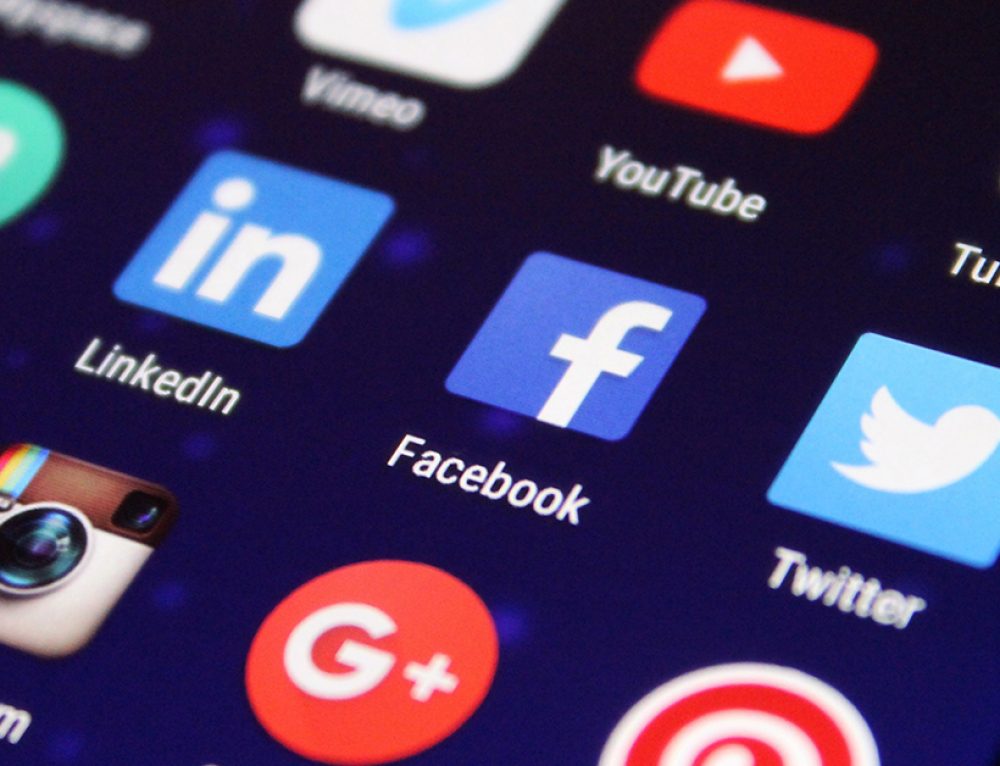
Connecting with customers through storytelling can be incredibly powerful for brands, both big and small.
Yet according to writer and strategist Francesca Nicasio, many B2C companies still don’t make the most of storytelling. Their content is either boring, or it fails to connect with people.
Nicasio says the future doesn’t look good for companies that can’t get storytelling right. “Modern consumers … want to experience new, interesting, or funny things–things they won’t find online or on their phones. And the best way to give them that is by sharing stories with your customers and by getting them to share theirs with you.”
Here’s why your own brand should tell its stories – and how you can connect those stories with customers at every stage of their buyer journey.
We Are Hardwired to Love Stories
Everyone loves stories, and for a good reason: Our brains are designed that way.
Research by Paul J. Zak, the founding director of the Center for Neuroeconomics Studies in Claremont, California, has found that stories based on characters and narrative produce a chemical called oxytocin in the brain. Oxytocin is a key driver in our cooperation with others and is also produced naturally when we are shown kindness or trusted. The more oxytocin produced, the more people are willing to help others.
“It does this by enhancing the sense of empathy, our ability to experience others’ emotions,” Zak writes. “Empathy is important for social creatures because it allows us to understand how others are likely to react to a situation, including those with whom we work.”
Stories also give our brains a shot of cortisol and dopamine, says Pressboard CEO and cofounder Jerrid Grimm. Cortisol focuses our attention while dopamine is the reward for following the story.
“When we hear or read stories, it ignites the parts of our brains that we would use if we were actually experiencing those events, whether that involves running, falling in love or eating a sandwich,” Grimm writes “We’re putting our motor or sensory cortexes to work, and those experiences are then stored in the hippocampus, the part of the brain that has powerful recall skills.”
Further research by Zak has revealed that two things are needed for a story to be effective and to evoke empathy. First, it needs to capture attention by creating tension. Then, if the story successfully creates tension, the audience will begin to align their emotions with characters during and after the story.
That’s an incredibly powerful one-two punch. It’s why Thinktopia founder Patrick Hanlon believes creating your brand story should be almost as important as creating your product or service. “The more that your brand is in touch with a larger story, the greater your ability for success.”

Emotional Connections Compel Customers: 3 Truths to Remember
People could care less about your company or your product, says brand consultant Dr. David Aaker.
Even if you can get your core value proposition across, most consumers will remain skeptical. There’s no tension and there’s no emotional hook in a value proposition, however compelling it may be.
Stories are different. “They’re more impactful than facts,” Dr. Aaker says. “They get attention. They get remembered. They change perceptions. They change attitudes.”
1. It’s the Heart, Not the Brain, That Drives Sales
We might think we are analytical when it comes to making purchase decisions, but that’s just not true, says executive leadership coach Bill Carmody. “We know that people buy on emotion and back-fill with logic,” Carmody writes.
“Before you decide to drive a car off the dealer’s lot, you first must imagine yourself behind the wheel. That emotional connection is how you feel about the car. But since we see ourselves as rational people, we still need to justify our purchase decision, which is where the left side of the brain kicks in.”
This is why stories work so much better than facts when it comes to selling your audience, and why they should be considered when chasing leads. This kind of understanding is what makes experts in the field (like https://interactivefmg.com/, for instance) so adept at what they do. Numbers and data and raw facts make people put their guards up. But no one can help being engaged in a story that speaks directly to them.
2. Stories Turn Customers Into Protagonists
The best brands use storytelling to create strong connections with their audiences, says Kimberly A. Whitler, an assistant professor at the University of Virginia’s Darden Business School. “As an example, think about Subaru’s ads which communicate ‘love’ through a series of ads that establishes the car brand as a symbol of caring for those you love.
“Whether it’s a father caring for his son or daughter, or a parent caring for their beloved pet, the series of ads are more about what the brand represents to the family than the horsepower that the car delivers. By communicating the brand through stories, Subaru is able to elevate the meaning of the brand and better crystalize how it fits into customers’ lives.”
Marketing strategist Rebekah Radice says the vast majority of all purchase decisions are subconscious and are more reflective of how the customer feels about your brand. If you tell stories that reflect the challenges an audience faces, she says, that audience will be much more likely to resonate with your brand.
3. Stories Capture Attention
It’s never been harder for brands to stand out online, says Stanley Meytin, CEO of True Film Production. “Branded content can easily get lost in the sea of marketing messages, unless it is worthy of attention.” A great, authentic and honest story can do the trick, he continues. That kind of story “captures the minds and hearts of viewers almost always.”
Here’s where the notions of differentiation and positioning come into play. Your brand’s story will always be unique. “No other brand can copy YOUR story,” argues brand story and life design coach Celinne Da Costa. Telling your story will naturally make your business more memorable to your customers and your audience.
You haven’t got long to capture attention, though.
“Now, more than ever, our attention is at a premium,” says brand and storytelling consultant Matthew Luhn. “We are busy, easily distracted, and short on time, our noses buried in our cell phones. Before you can get someone to visit your store, check out your website, or learn about your great product or idea, you have to convince them you have a story they should listen to.”
Getting the hook right at the very top of your funnel is essential if you want to hold your audience’s attention and get them to engage with the rest of your narrative.

Any Brand Can Connect With Customers Through Stories
Telling your own stories is probably easier than you’re imagining.
The first step is to be crystal-clear in your story, to the point that you can distill it into its purest form, writes Dean Brenner, president and founder of The Latimer Group. “Our attention spans are stretched to the limit. You need to be able to grab your audience’s interest and pay it off in as little time as possible. Yes, details can make the story sing, but too many will make it just a bunch of noise.”
Above all, be authentic, writes Fabl co-founder and CEO Taj Forer. Most brand storytelling lacks authenticity, relatability or any kind of narrative, he says. which is why most brands fail with storytelling. The solution is to make sure your own team leads the storytelling initiative so the real story of your organization shines through. “When authenticity is put forward as the priority, the emotive stories will generate themselves as the organic byproduct of an authenticity-based focus to harvesting stories from inside the brand.”
Finally, make sure to involve your customers. They can play important roles in your story, says business writer Alison Coleman. “Remember the Coca-Cola personalised cans? The customers were the leading players in that chapter of the brand’s story, so start talking to yours and see how they can be involved in your own business story.”
There’s no shortage of opportunities for local businesses. Restaurants could name some of their dishes after notable or loyal customers. Businesses can also consider employing signboards by utilizing electrical signage (similar to those services offered by Milwaukee Custom Electrical Signage companies). Thereby, these shops can stand out at night. Gyms could include real customer results in their marketing materials. Businesses of all kinds could bring their customers’ stories to life in blogs, emails, and podcasts. Having an IT support company can make sure that the technical aspects are dealt with properly. This is what will capture people’s attention and bring more recognition to the business. Consequently, the success and the income of the business will grow in whichever industry it is. Then, these businesses might have to consider IT Consulting to deal with this new influx correctly! It will save money as well as take a weight off the company when doing its accounting and financial sorting. This is what businesses should be visualising when they are using these stories to captivate more customers.
Storytelling doesn’t have to be scary, but it is essential. Now it’s time to write the next chapter in your business’ history and start engaging with customers like never before.
Images by: Nong Vang, Kal Visuals, Krists Luhaers





